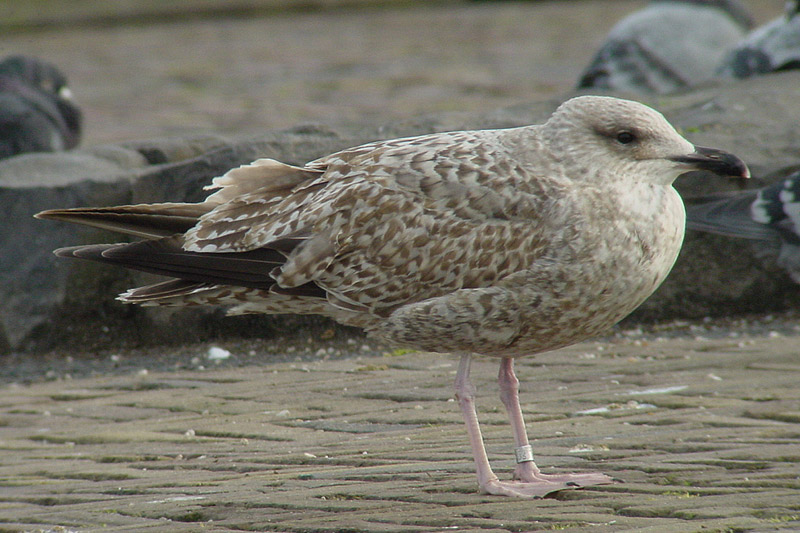 Herring Gull- Zilvermeeuw (argentatus & argenteus)
Herring Gull- Zilvermeeuw (argentatus & argenteus)
(last update:
Herring Gull plumages:
hg 1cy July
hg 1cy August
hg 1cy September
hg 1cy October
hg 1cy November
hg 1cy December
hg 2cy January
hg 2cy February
hg 2cy March
hg 2cy April
hg 2cy May
hg 2cy June
hg 2cy July
hg 2cy August
hg 2cy September
hg 2cy October
hg 2cy November
hg 2cy December
hg 3cy January
hg 3cy February
hg 3cy March
hg 3cy April
hg 3cy May
hg 3cy June
hg 3cy July
hg 3cy August
hg 3cy September
hg 3cy October
hg 3cy November
hg 3cy December
hg sub-ad January
hg sub-ad February
hg sub-ad March
hg sub-ad April
hg sub-ad May
hg sub-ad June
hg sub-ad July
hg sub-ad August
hg sub-ad September
hg sub-ad October
hg sub-ad November
hg sub-ad December
hg ad January
hg ad February
hg ad March
hg ad April
hg ad May
hg ad June
hg ad July
hg ad August
hg ad September
hg ad October
hg ad November
hg ad December
|
(5 images) Herring Gull 5.363.361 2cy (argenteus), February 2002 & November 2003, IJmuiden, the Netherlands (52.27N-04.33E). A 2cy argenteus in so-called "first winter" plumage, ringed in the Netherlands: Arnhem Ringstation 5.363.361. It was ringed as weakened 1cy on September 06 2001 at IJmuiden and it was held in captivity for more than 24 hours. 2 images below: Herring Gull 5.363.361 2cy, February 04 2002, IJmuiden.
2 images below: Herring Gull 5.363.361 3cy, January 23 2003, IJmuiden.
3 images below: Herring Gull 5.363.361 3cy, November 08 2003, IJmuiden. From June to October, a complete moult will bring 3cy argenteus in so-called "third winter" plumage. By November, when the complete moult is finished, the head and breast show extensive 'winter streaking', mottled brown contrasting with the white breast. The scapulars and mantle are pale adult-like grey, but a few immature feathers are often still visible, showing an anchor pattern.
|






